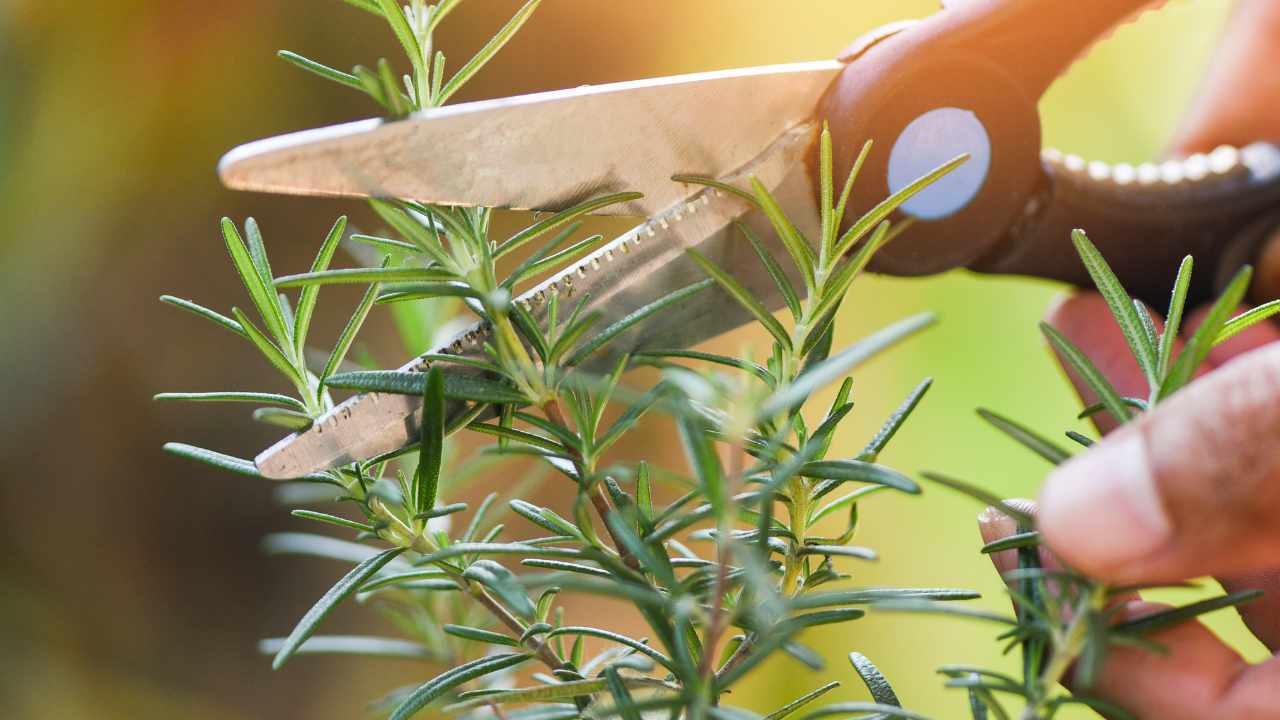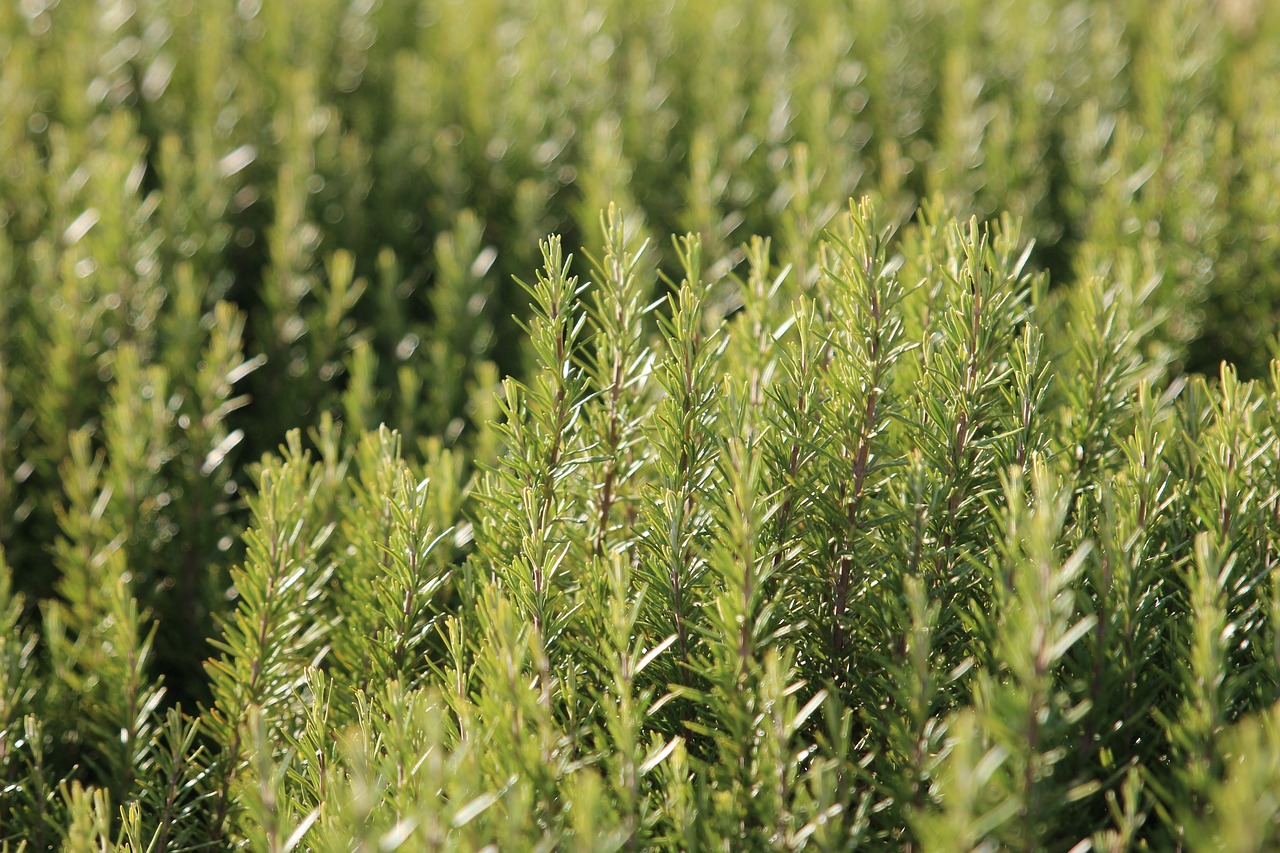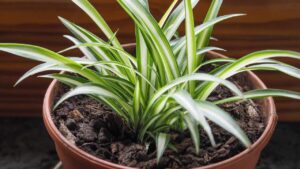How to Prune Rosemary Correctly for a Plentiful Harvest
Pruning rosemary is a key measure for maintaining its good health. Unlike many other plants, rosemary is highly resilient, making it easy to care for. With a few simple precautions, your plant will grow vigorously and luxuriantly. If this is your first attempt, feeling a bit unsure is natural. Remember, expertise is gained over time – nobody starts as an expert!
Pruning rosemary: how to have a generous harvest and transform it into a decorative element

Cultivating rosemary is a continuous work in progress, and there might be some bumps along the way. Unlike certain crops that don’t tolerate errors, rosemary is more forgiving, allowing room for a learning curve and occasional missteps. In the following paragraphs, we’ll show you three rosemary pruning techniques. No method is inherently better or worse; it ultimately boils down to personal preference.

Before delving into specifics, let’s grasp the essential step: cutting the dry branches. Thanks to a few simple steps, you can promote robust and lush growth in your rosemary plant.
To perform this task, you only require a regular pair of scissors or dull shears, provided you do it regularly. If the pruning is less frequent, sharper shears may be necessary. Aim for early spring or early autumn when temperatures are moderate – neither too hot nor too cold – for optimal results.

There are three main techniques for pruning rosemary: bush, hedge, and sapling. For a bush shape, trim the upper and, if needed, the sides to achieve a rounded appearance. The hedge technique focuses on the sides, using long-tipped shears for precision.
Finally, in the sapling style, the most elaborate one concentrates solely on the area around the lower branches. Remember, if we have not repeated it, always cut dead branches in all three methods for optimal rosemary care.





